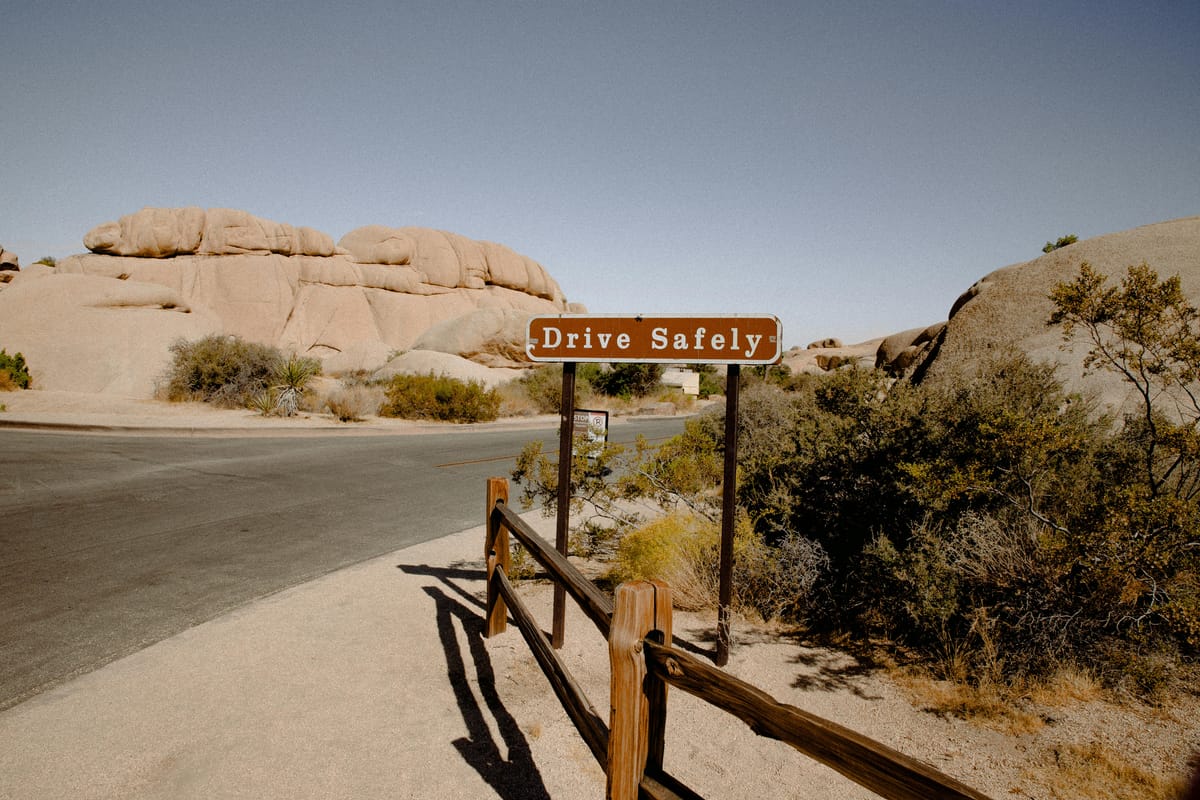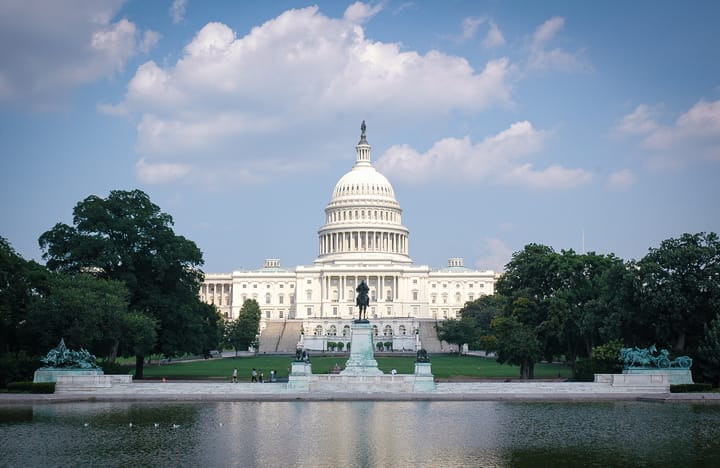Is your DOT rating satisfactory?
Drivers have a lot to do with ratings. This can help.

Do you walk the walk when it comes to safety in your fleet? This week, we spotlight one fleet executive's perspective on why a top-down approach to safety culture isn't just ideal, it's essential—and how that commitment can directly impact your DOT rating.
Meanwhile, the Trump administration is pushing to roll back greenhouse gas regulations that could reshape the future of trucking. At the same time, a promising new technology hints at electrifying fleets without requiring a full equipment overhaul.
And the debate over the driver shortage rages on. Is it a real crisis or a matter of perspective? We break down the latest arguments.
But first, ever wonder what happened to the cast of the Ice Road Truckers? Catch up here.

An EV solution? We know that the logistics (pun intended) of electrifying trucking aren't perfect. Plus, it's expensive if it means purchasing new trucks. But what if the solution were a device placed between the cab and trailer? This article explores that possibility.
Call on Washington. More than 20 female trucking leaders visited the nation's capital to share their personal experiences in trucking and push for legislation that would improve bathroom access and safe parking for drivers.
The story of a thriving trucking business. Polaris Transportation Group shares some of its secrets to success in this interview.
Meet "The Rabbit." It's a bright blue Kenworth truck, and this short video gives a tour of the beauty.

$150 million
The amount Ohio's Department of Transportation has earmarked to build 1,400 new truck parking spots across the state. Source: CDL Life

Why driver training & safety culture is essential to DOT ratings
Achieving a solid reputation as a motor carrier and a satisfactory score from the Department of Transportation has a lot to do with a fleet's drivers, according to Mike Stanton, Lily Transportation’s chief operating officer. But it's also up to leadership to pass down a culture of safety throughout the organization.
"If fleet managers expect their drivers to have safety as a top priority, they better demonstrate their own commitment to safety," Stanton says. He added that managers can demonstrate their commitment to safety by immediately addressing inspection issues, having a no-tolerance drug or alcohol policy and focusing on training.
Why this matters: Having a good DOT rating can make or break a fleet's ability to win business. With drivers on the front lines, fleet executives play a pivotal role in creating a positive work culture and ensuring drivers get the support they need to help make the business safe and successful.
Get more details at CCJ Digital.

LOSING DOUGH: Heartland Express posts nearly $11M loss, revenue falls 30%
IT'S A DEAL: DAT Freight & Analytics buys Convoy platform from Flexport
FALLING FREIGHT: U.S. container imports decline again due to tariffs
STRIKE THREE: Man found guilty in cargo theft string for the third time

Trump admin proposes rollback of emissions rule
The Trump administration has proposed a move to reverse the Greenhouse Gas Phase 3 rule. That rule includes provisions that 25% of new heavy-duty trucks sold in the U.S. would need to be zero-emission by 2032.
Why this matters: The current administration has been reversing many rules related to emissions reduction and cleaner fleets, and this is one more move in that deregulation direction. Several trucking advocacy groups welcomed the announcement, as they were against the GHG rule, claiming that zero-emissions trucking technologies are currently unproven and expensive. (Overdrive)
Rail merger could take back market share from trucking
Union Pacific has inked an $85 billion deal to buy Norfolk Southern. If the merger goes through, it will create a transcontinental railroad, combining UP's West Coast operations with NS' East Coast infrastructure. One big benefit for the rail carriers, according to NS Chief Executive Mark George: “We’ve been losing share to truck—and this is one way to reverse that trend.”
Why this matters: A transcontinental railroad would most directly compete with over-the-road trucking, and rail that extends from coast to coast could offer shippers benefits such as faster transit times or fewer cargo touchpoints. Fleet managers with a significant OTR business may need to watch this emerging form of competition. (FreightWaves)
Trucking groups diverge on reality of driver shortage
There may never be an end to the debate of whether a driver shortage exists. As trucking advocates testified during a recent Senate subcommittee hearing, they expressed their opposing viewpoints. The American Trucking Associations pointed to a 19% increase in driver pay as proof of the shortage's existence, while the Owner-Operator Independent Drivers Association said it's a turnover problem.
Why this matters: No fleet can run an operation without drivers (even if they're experimenting with autonomous trucks). Whether a shortage does or doesn't exist, fleet executives still have the imperative to recruit, train and retain drivers by providing a positive onboarding experience and work culture. (Trucking Dive)

AV company Gatik launches simulation platform
Gatik is launching a platform called Gatik Arena, which simulates various scenarios to help with developing autonomous vehicle (AV) systems. The AV company will use Arena to train systems on routine driving as well as inclement weather and urban interactions.
Why this matters: Companies are putting their autonomous tech on the roads and they're continuing to train systems for all kinds of driving scenarios. The Arena platform could help AVs scale operations beyond interstates in sunny weather. (Truck News)

Thanks for reading today's edition! You can reach the newsletter team at editor@theinsidelane.co. We enjoy hearing from you.
Interested in advertising? Email us at newslettersales@mvfglobal.com
The Inside Lane is curated and written by Shefali Kapadia and edited by Bianca Prieto.





Comments ()